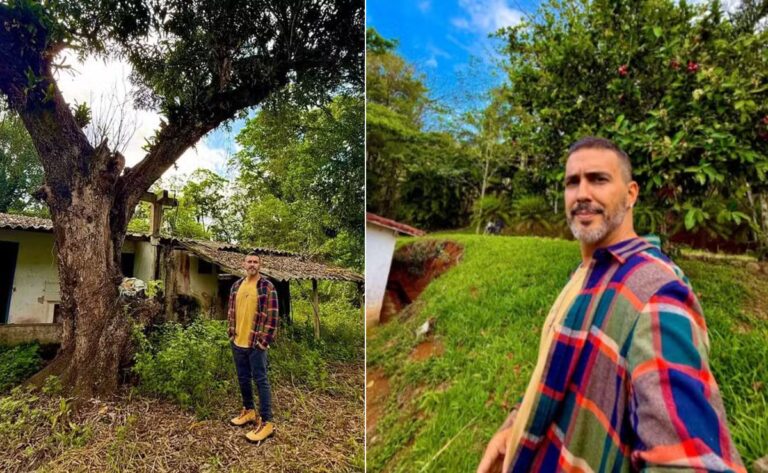
This is a very common conversation in today’s work teams. We always have to learn new things, but we never neglect to do what we know. How can we achieve that?
Companies recognized for their culture of continuous improvement (called) Kaizen) is Toyota. Their experimental approach, known as the Toyota Production System (TPS), was developed by Eiji Toyoda and Taiichi Ohno after World War II. he Kaizen This drives the constant search for better ways of working without neglecting employees, allowing them to contribute their creativity and judgment. The result is a highly efficient and human-centered system. One of the principles is that decisions are experimented and tested rather than made by rank or intuition. It creates better decisions and engages leaders at all levels in humbling learning. Everyone from frontline employees to executives is expected to come up with ideas and test them through structured experiments.
Factory workers at Japanese automakers are taught to redesign their own workflows through experimentation, but at other companies that responsibility falls to experts and managers. The goal is not to perpetuate what is established, but to adapt to what is needed. Factory managers test their suggestions against employees’ alternatives to determine what really works. CEOs also test their ideas whenever possible. In the 1980s, when Mr. Toyoda wanted to assess whether Toyota could build cars in the United States, he did not make any strategic statements. I conducted an experiment. He persuaded General Motors to allow him to reopen a GM plant in California that had been closed under Toyota control. The experiment was a success, and Toyota decided to begin manufacturing in Kentucky.
This commitment to experimentation can shape culture. When the type of work that applies the scientific method takes hold, command-and-control dynamics are avoided and people are instead encouraged to participate in the kinds of experiments that are fundamental to learning organizations. Additionally, when leaders work to test ideas and demand data rather than hierarchy to make decisions, they elevate their teams rather than imposing themselves on them. Authority comes from evidence, not opinion.
Another interesting fact about this culture is that they don’t use the word “solution.” The problem is not “solved”. The problem is managed through continuous interventions that always have room for improvement. The idea is that any improvement can be further improved. Because the danger of thinking in terms of “transformation” is assuming that the job will end someday. Train your “improvement muscles” every day so that the day you have to change never comes. Through a culture of experimentation, they manage to stay in shape.



